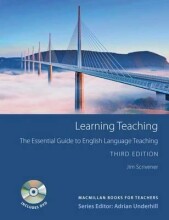Association rules
9 important questions on Association rules
What are association rules?
Usage: display items together, recommendation in online shopping
- Study of "what goes with what"
- Customers who bought X also bought Y
What are the rules in Association-rules?
- Represented in an IF-THEN format
- “IF”part:antecedent
- THEN”part:consequent
- Both correspond to sets of items (called itemsets)
- Itemsets are:
- Possible combinations of items (e.g., products)
- Can also be a single item
- NOT records of what people buy
- Antecedent and consequent are disjoint
- I.e., have no items in common
What are frequent itemsets?
- Support: number, or percent, of transactions that include both the antecedent and the consequent
- Higher grades + faster learning
- Never study anything twice
- 100% sure, 100% understanding
What is the goal of the apriori algorithm?
How does an apriori algorithm work?
For k -items
- User sets a minimum support criterion
- Generate list of one-item sets
- Drop the ones bellow the support criterion
- Use the list of one-itemsets to generate the two-itemsets Drop the ones bellow the support criterion
- Use the list of two-itemsets to generate the three-itemsets Drop the ones bellow the support criterion
- .... (continue until k-itemsets)
How is the strength of a rule assessed?
Measures:
- Support
- Number of transactions that include all items from the antecedent and consequent
- Confidence
- Lift ratio
What is the Lift ratio?
What is benchmark confidence?
Explain the binary incidence matrix.
- Columns are items
- Rows are transactions
- Cells indicate the present or absent of items in transactions
- Find all rules with a support count of at least 2
- equivalent to a percentage of 20%
- rules with items that were purchased together in at least 20% of the transactions
- Compute support of the items
The question on the page originate from the summary of the following study material:
- A unique study and practice tool
- Never study anything twice again
- Get the grades you hope for
- 100% sure, 100% understanding
































